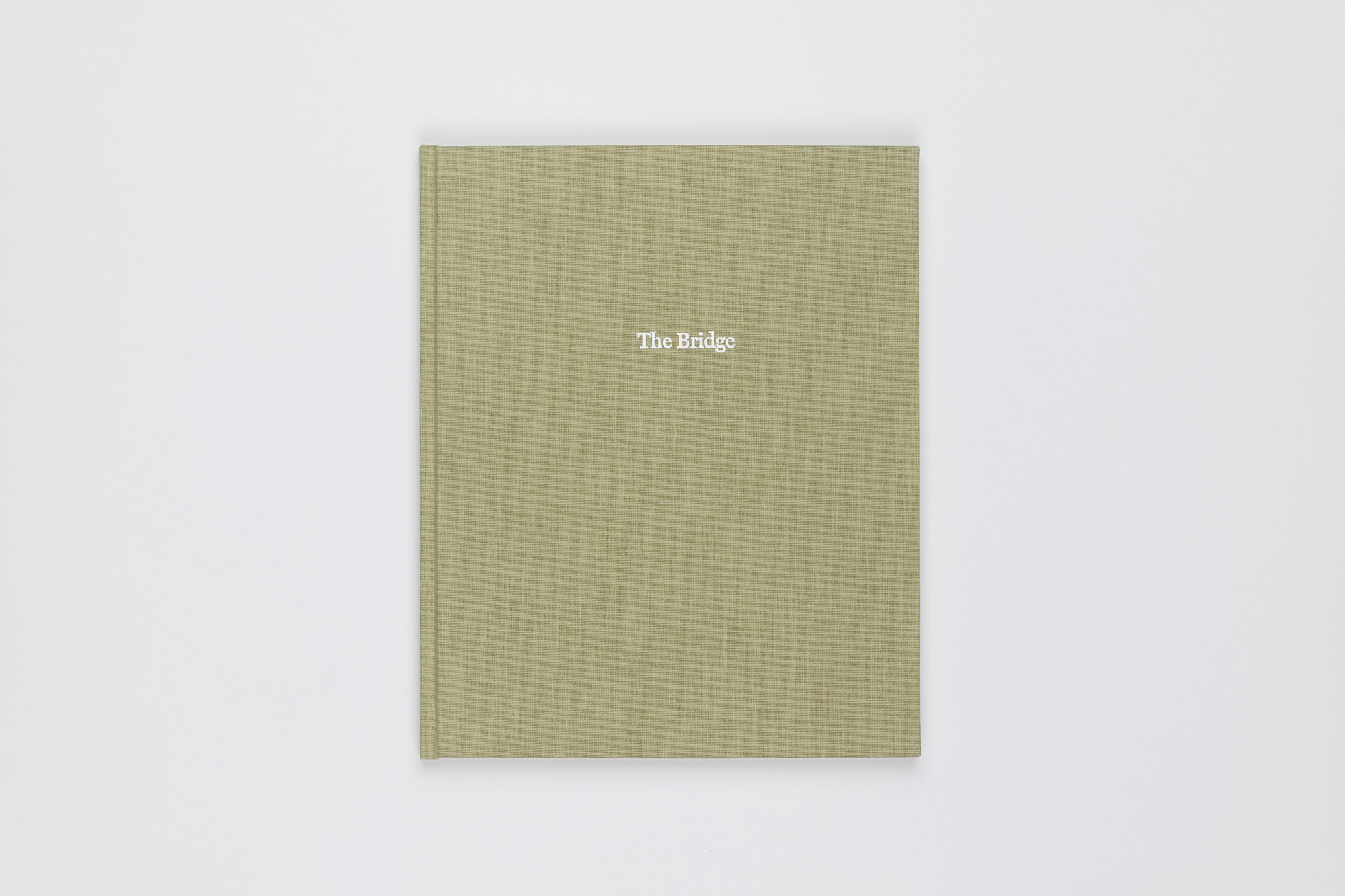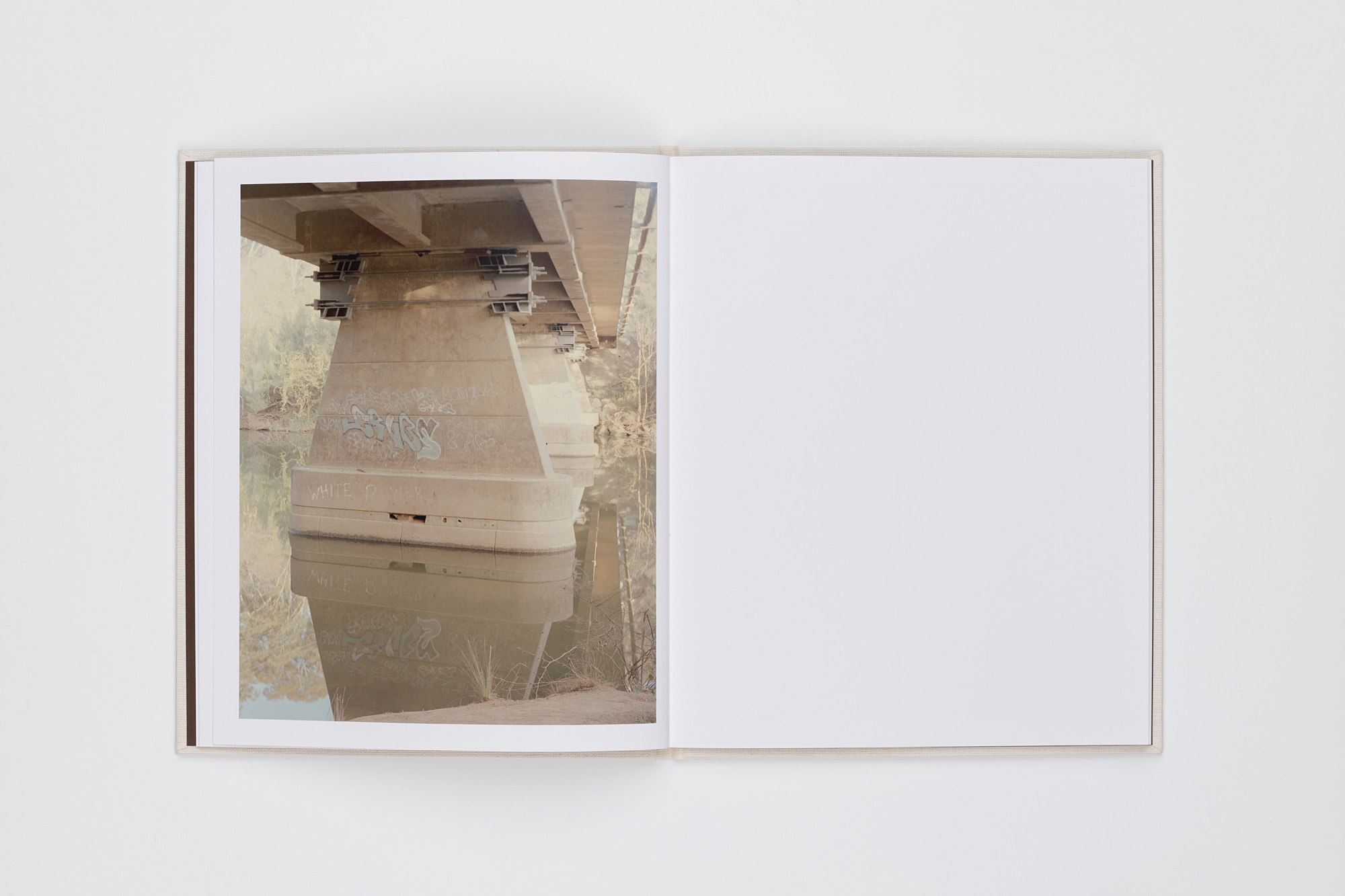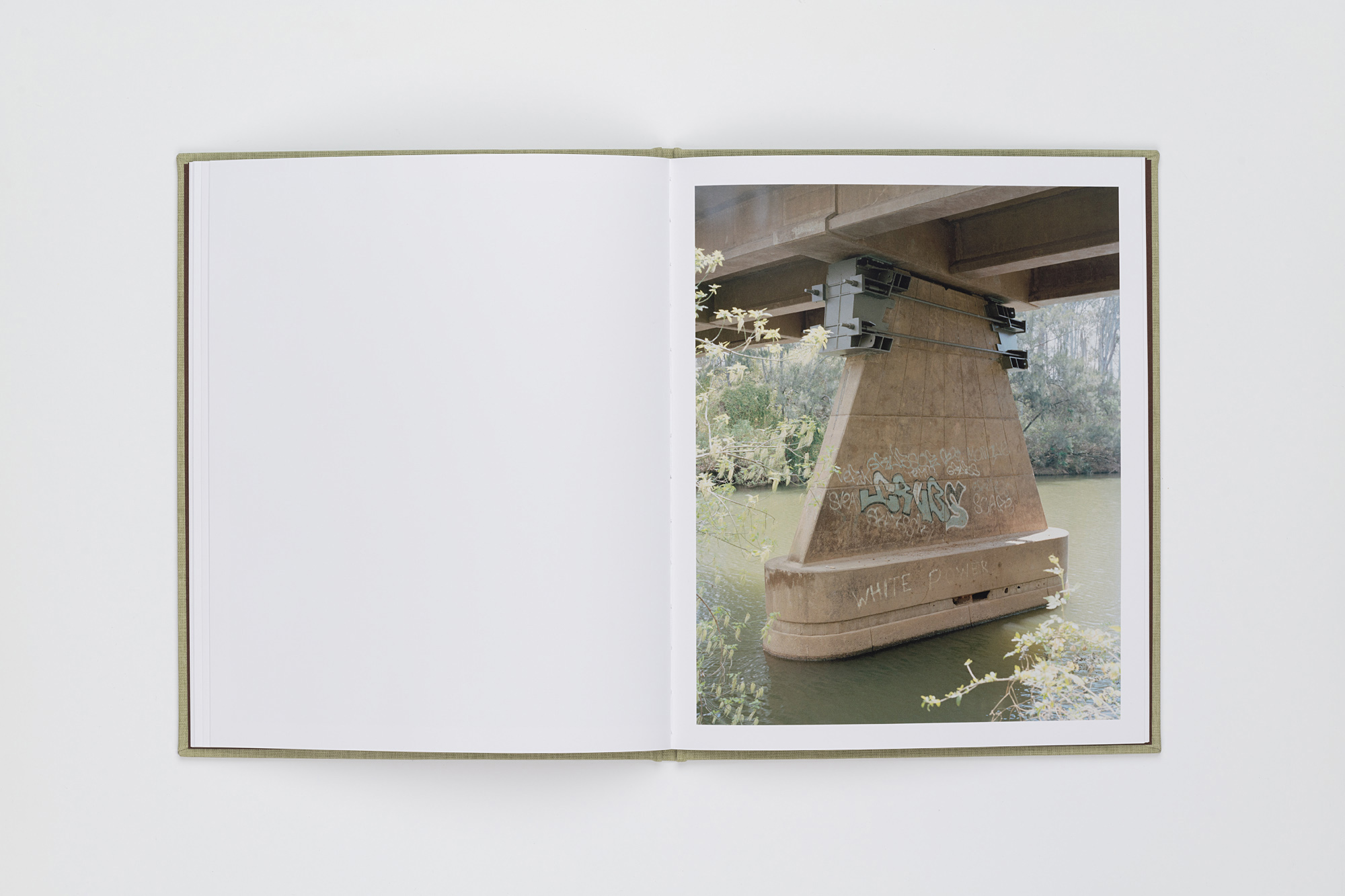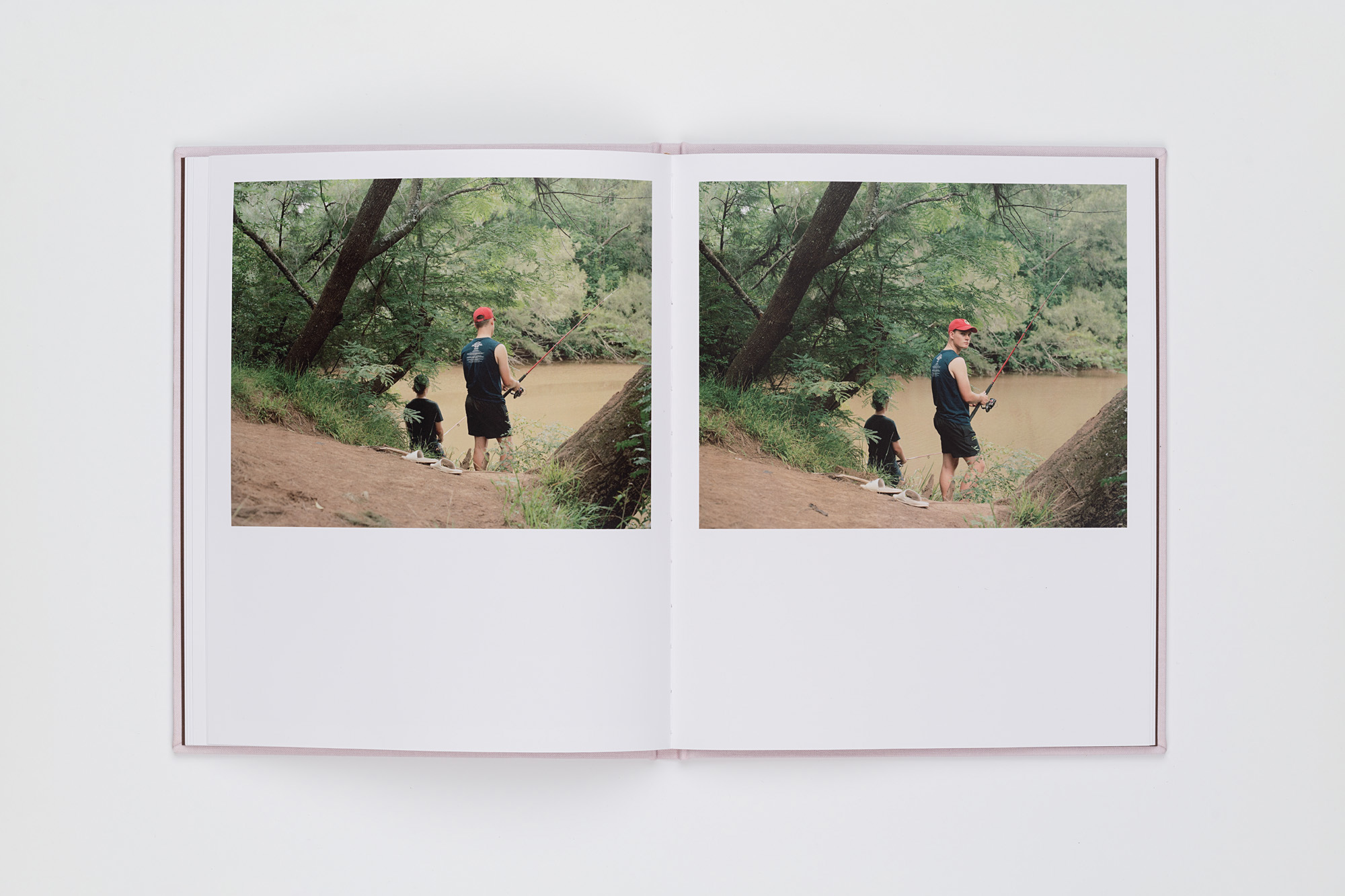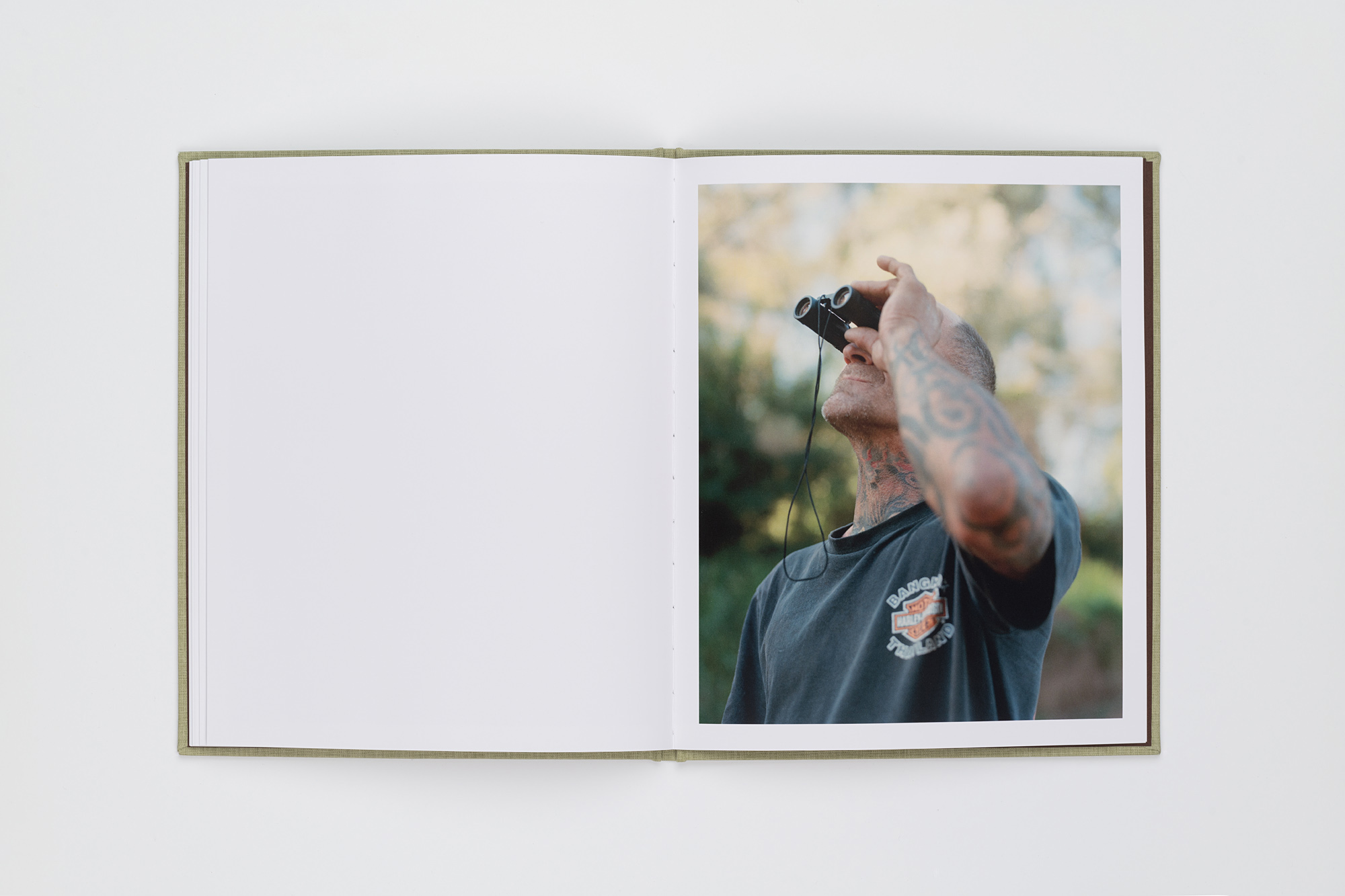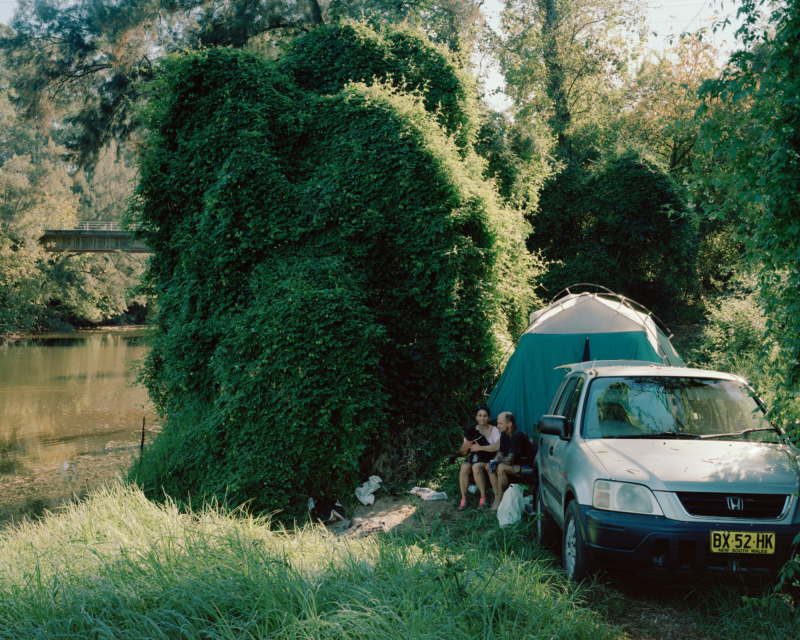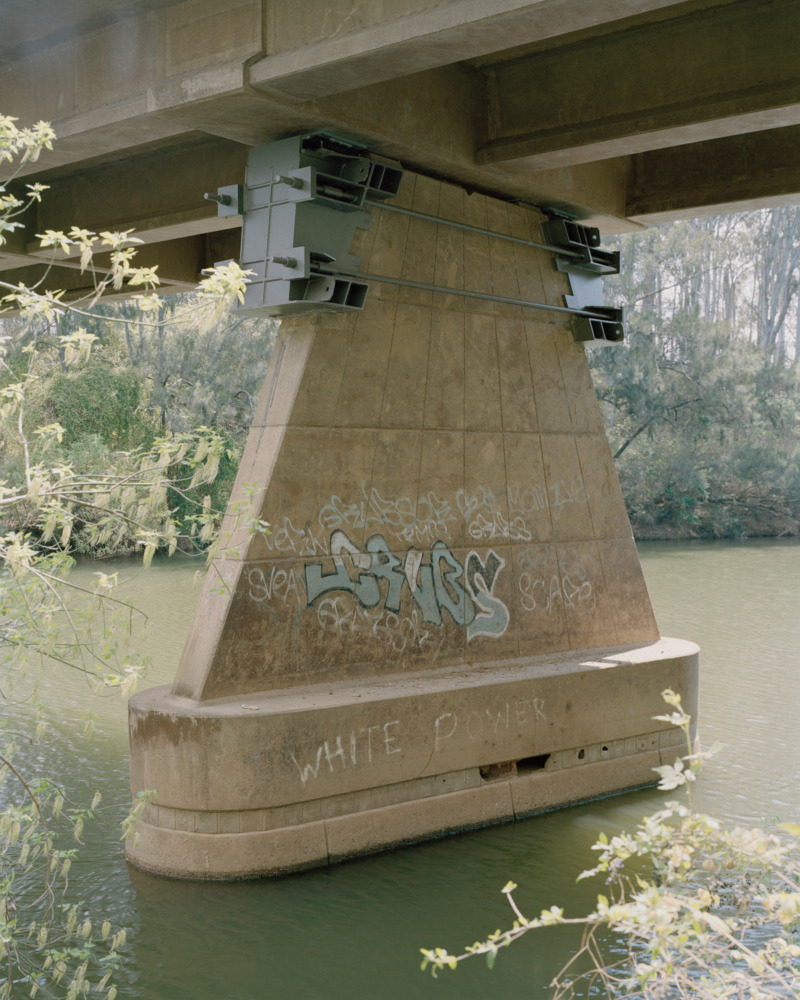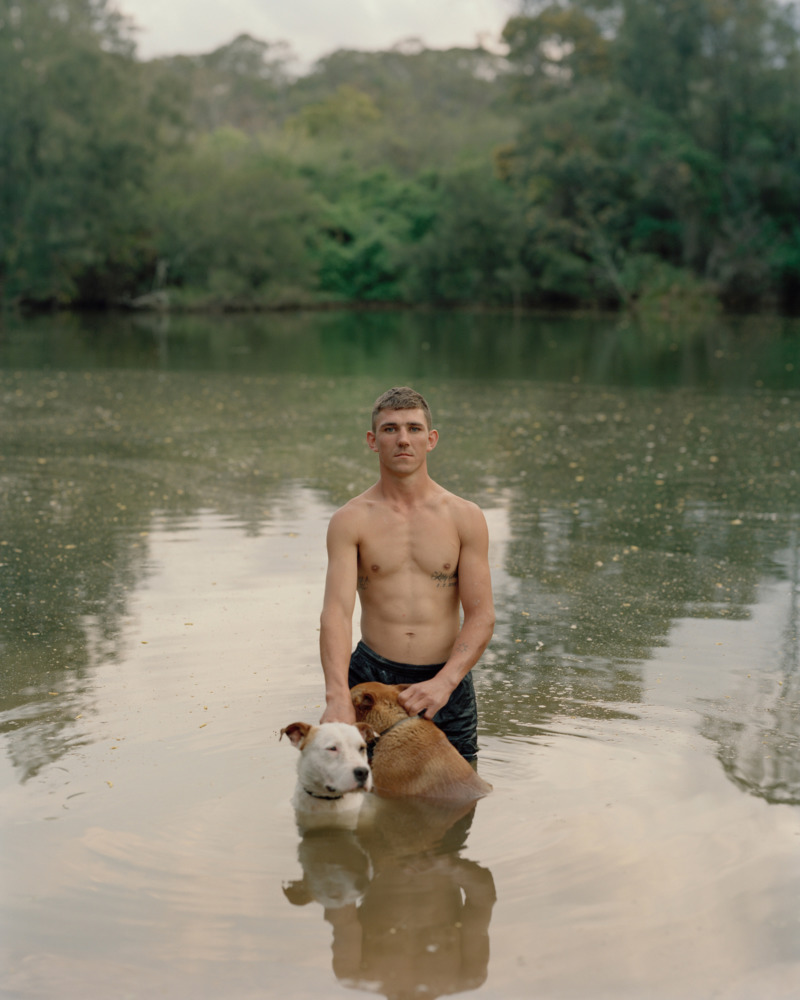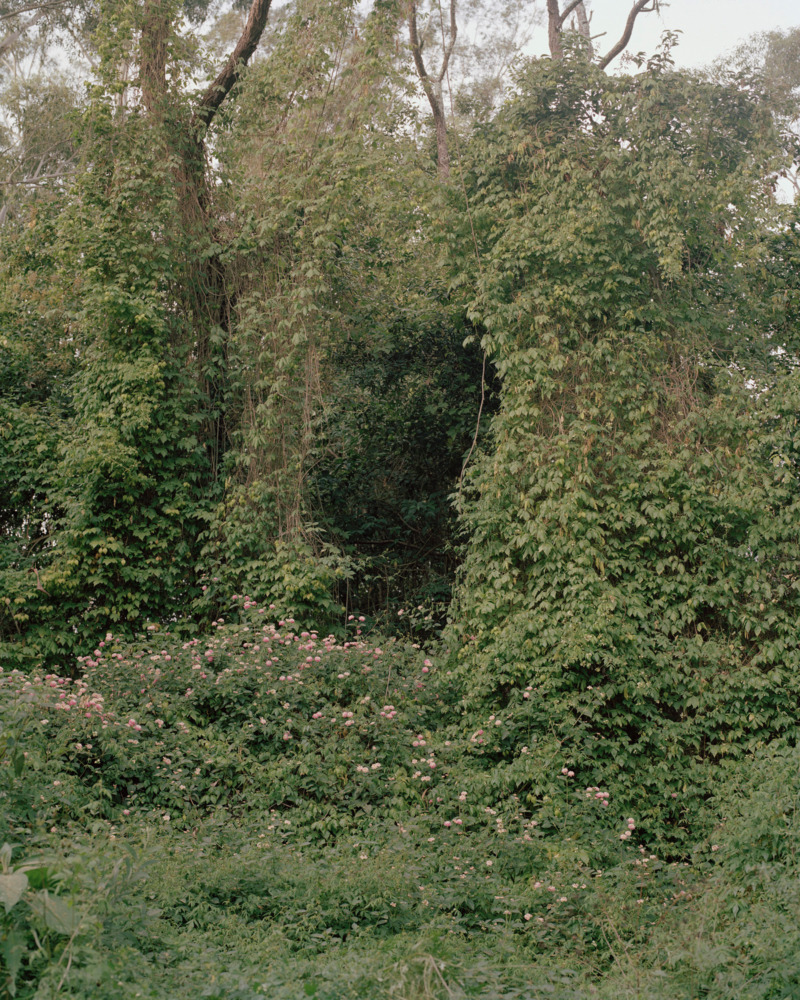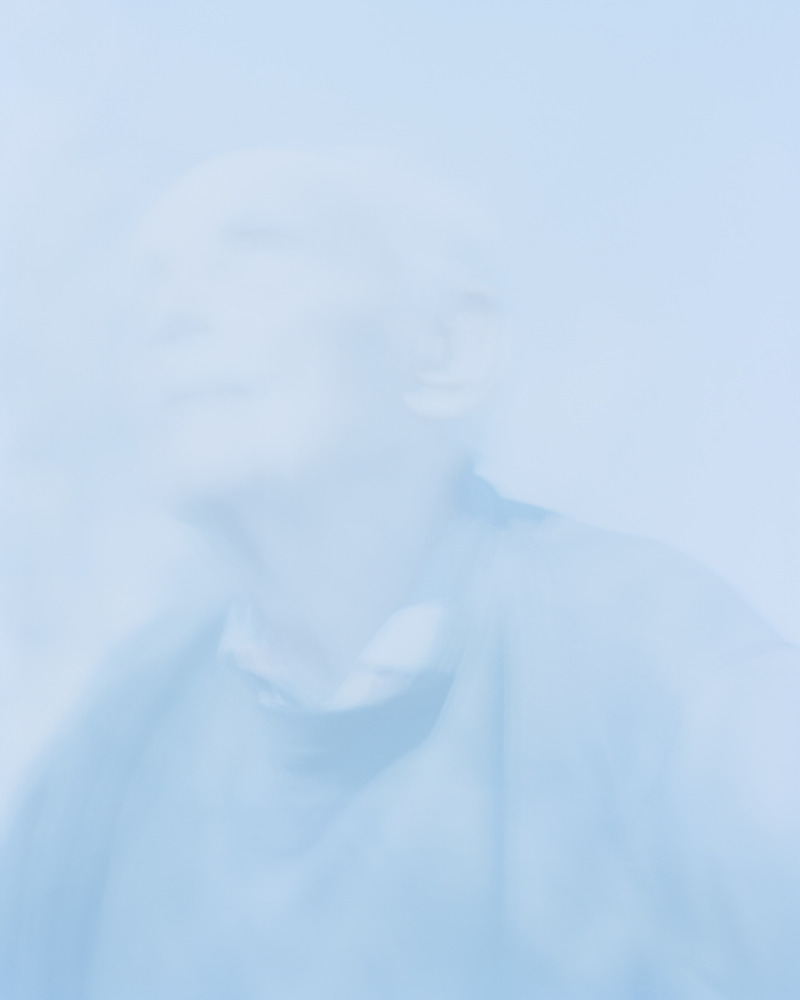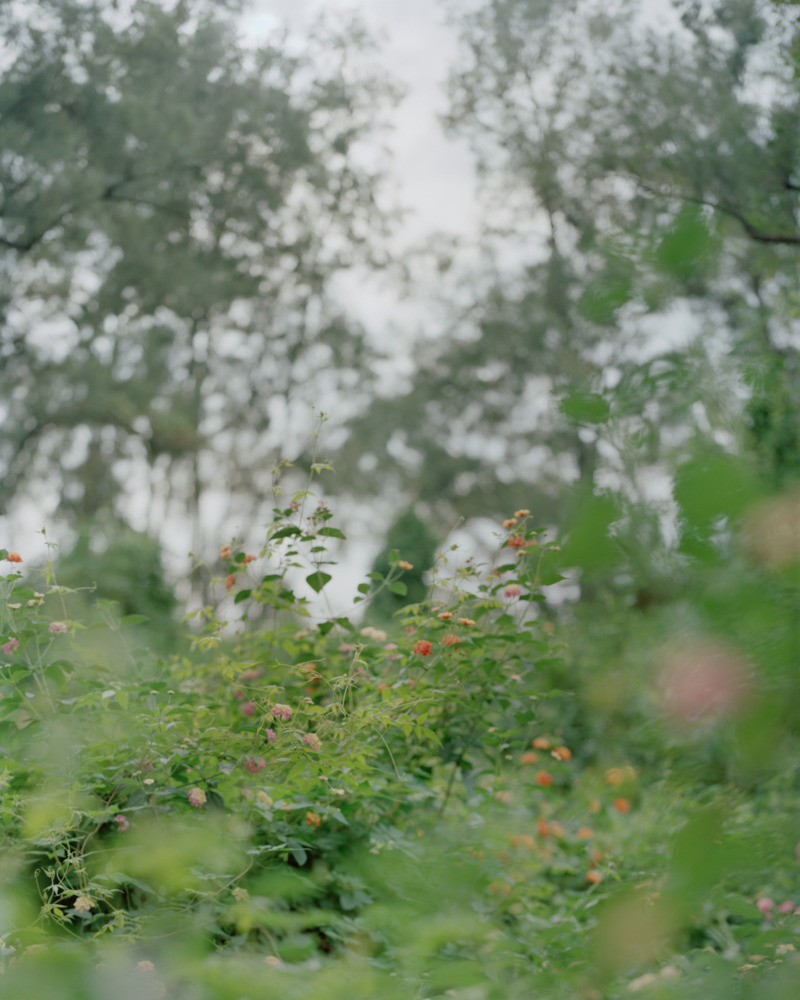Interview – Matteo Dal Vera and Michael Weatherill: The Bridge
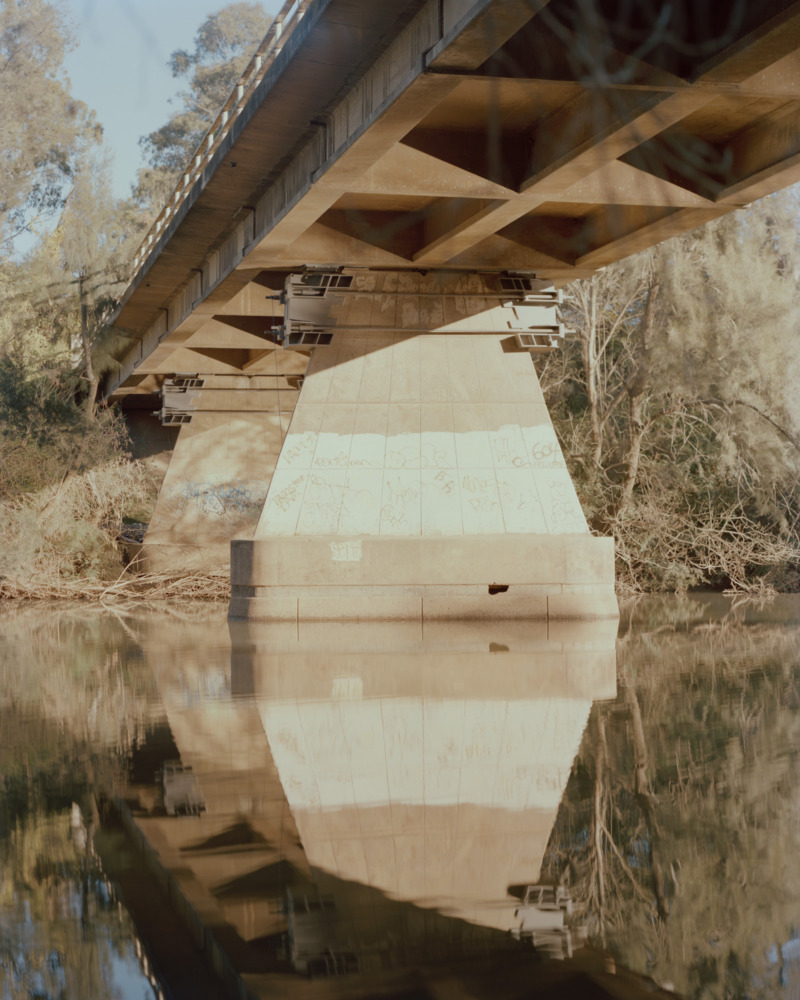
During their final year of the Bachelor of Design in Photography at the University of Technology, Sydney, Michael Weatherill and Matteo Dal Vera returned to a single body of water. Interested in the contradictions offered by the landscape, they were drawn to “the ebb and flow of life that surrounded the relatively unchanged structure of the bridge.”
Recently awarded as student photobook of the year in the Australia and New Zealand Photobook Award, The Bridge is used as a metaphor to present multiple narratives across three hardback volumes, each expressing themes of place, of transcience, of solitude.
How did your collaboration start and what was the motivation to work together?
Michael Weatherill – Throughout our studies, there was a mutual interest in each other’s developing practice. An educational setting is a great place for experimentation, where trial and error are encouraged, and in the beginning, this shaped the way we viewed the collaboration. We didn’t have grand ambitions; it was more so just two friends going out and trying to improve on their image-making skills.
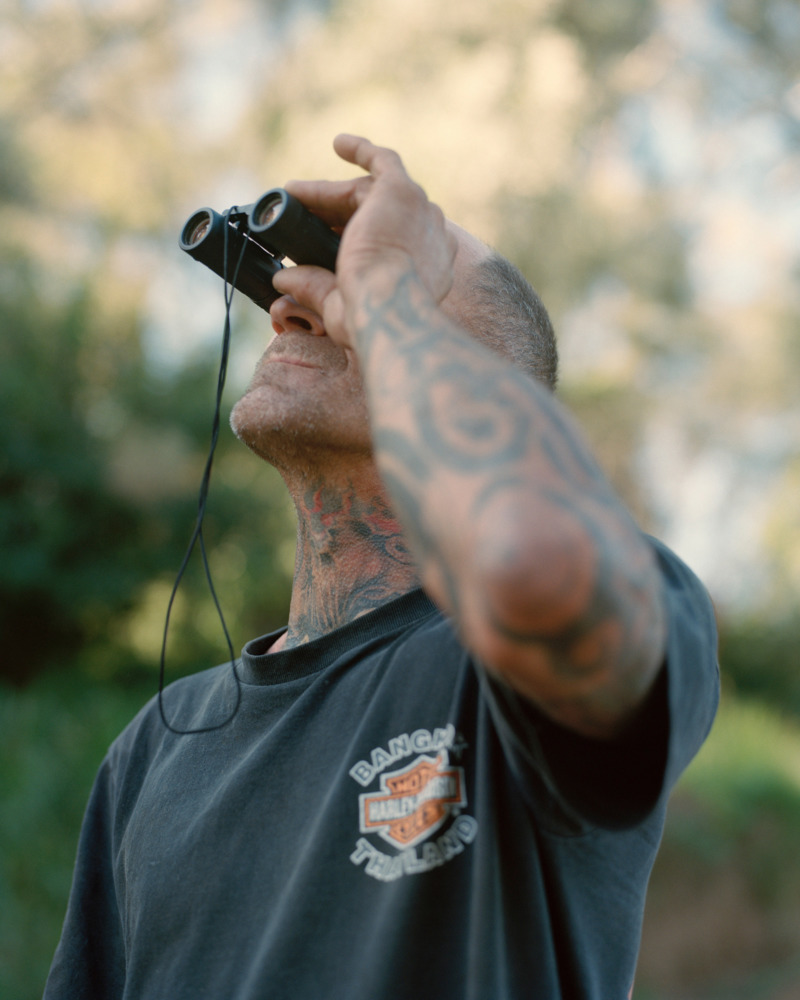
What was it about that specific location that inspired you to create this body of work?
Michael Weatherill – Although it may look like all the images were shot in one specific location, this was not the case. We made photographs in a number of different locations. In this sense, the location of The Bridge was fabricated by us. The spaces we kept coming back to photograph seemed to be full of contradiction and this very much guided the work.
Each time we revisited the site of the bridge, the landscape surrounding it would be altered, often by the change of seasons. Yet the bridge would be standing there, unchanged. If I had to narrow it down, I would say it was the cyclical nature of the landscape up against the constant of the bridge that ultimately inspired the work.
The Bridge comprises of three hardback volumes; why did you decide to present the work in this way? Does each volume serve its own purpose?
Matteo Dal Vera – The final edit was a difficult stage in the project to negotiate as a collaboration. Michael and I were particularly interested in how we could explore three different narratives that were suggestive of an encounter with a particular ‘protagonist’ (to make a film analogy). John Gossage’s The Pond and Paul Graham’s A Shimmer of Possibility were two photobooks that influenced our approach to sequencing and the design of the book. We wanted to emulate this idea of walking through a place, whether it’s fictional or real. The bridge is the metaphor that connects each sequence to the wider narrative.
…the location of The Bridge was fabricated by us. The spaces we kept coming back to photograph seemed to be full of contradiction and this very much guided the work.
There is a cross-section of society that features within The Bridge and your portraits show humility towards your subjects. How was your experience photographing your subjects? What were you looking for in your portraits?
Matteo Dal Vera – Approaching a person for a portrait is a daunting experience, especially if you’re just starting out. Working collaboratively allowed us to learn from these experiences together. Sometimes we hesitated to approach a stranger, and other times we’d have an unexplainable conviction to photograph someone.
Throughout the three volumes, the bridge takes on many guises; it is often in the foreground but also in the background. Quite often we see the same photograph, however subtle differences let us know they were taken at varying times throughout the day or year. The bridge could also be viewed metaphorically; of transience and escapism, and a place for people to seek solitude. What is your own personal experience of this place?
Matteo Dal Vera – We were interested in the ebb and flow of life that surrounded the relatively unchanged structure of the bridge. This ebb and flow might include the people, as well as ourselves, that visited and perhaps returned to this place. For us, it became a place of purpose, one where we could be curious and unpack our experiences of it slowly over time. We became aware of the subtle changes in the landscape, like a tree losing its leaves in Autumn and then flowering in Spring.
Matteo mentioned John Gossage and Paul Graham as two artists you both looked to when producing The Bridge. Gregory Halpern is also an obvious influence on this work; who else do you look to for inspiration?
Michael Weatherill – Yes, we were definitely looking at a lot of Gregory Halpern’s work throughout the making of The Bridge. The fact that it is obvious could be seen as somewhat of a failure on our part. However, we are both at the stage where we are attempting to find our own photographic voice and I think it is only normal to wear your influences on your sleeve. Halpern’s images walk this very fine line between the formal and informal and I think this was of particular interest to us.
Aside from Halpern, we were looking at a range of photographers; Alec Soth, Guido Guidi, Raymond Meeks, Taryn Simon, Larry Sultan, Walker Evans, Masahisa Fukase, to name a few. Of particular influence to us was, ‘The Pond’ by John Gossage. It was a book that we really looked to when we were in the editing stage. The way Gossage plays with the narrative structure in that book was definitely something we aspired to. I guess the name of our work is also a little nod to ‘The Pond’.
All images and spreads The Bridge, Matteo Dal Vera and Michael Weatherill (self-published, 2019), courtesy the artists.
View The Bridge in full on the Australia and New Zealand Photobook Award site.

